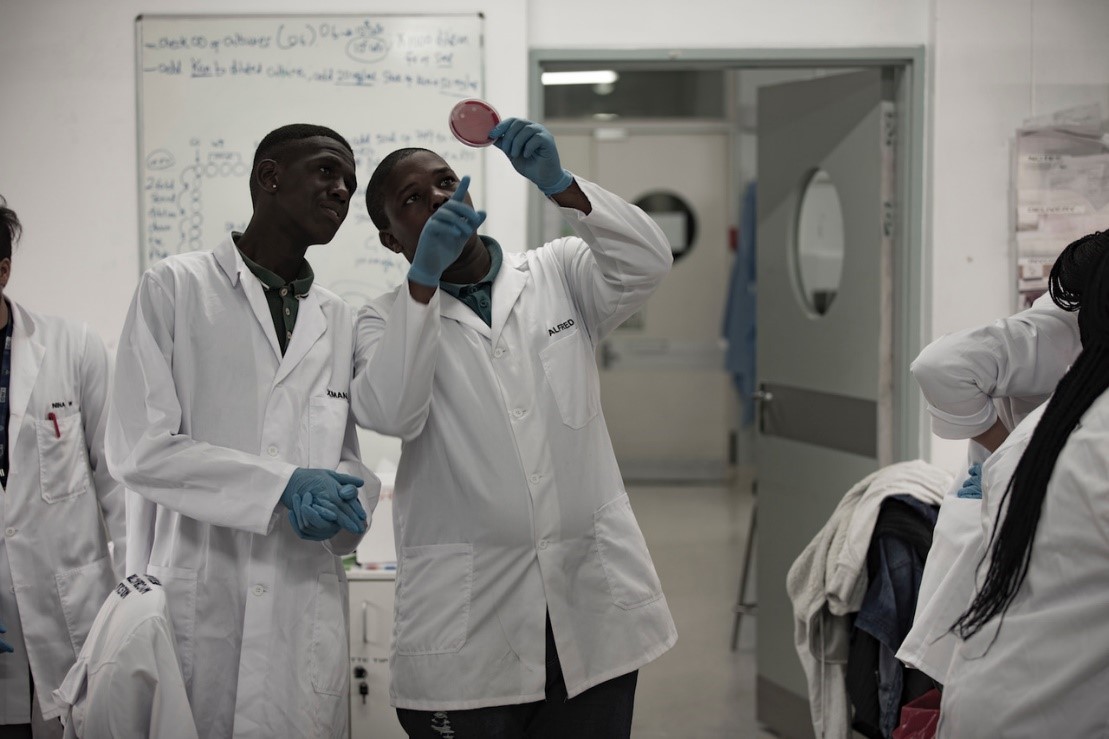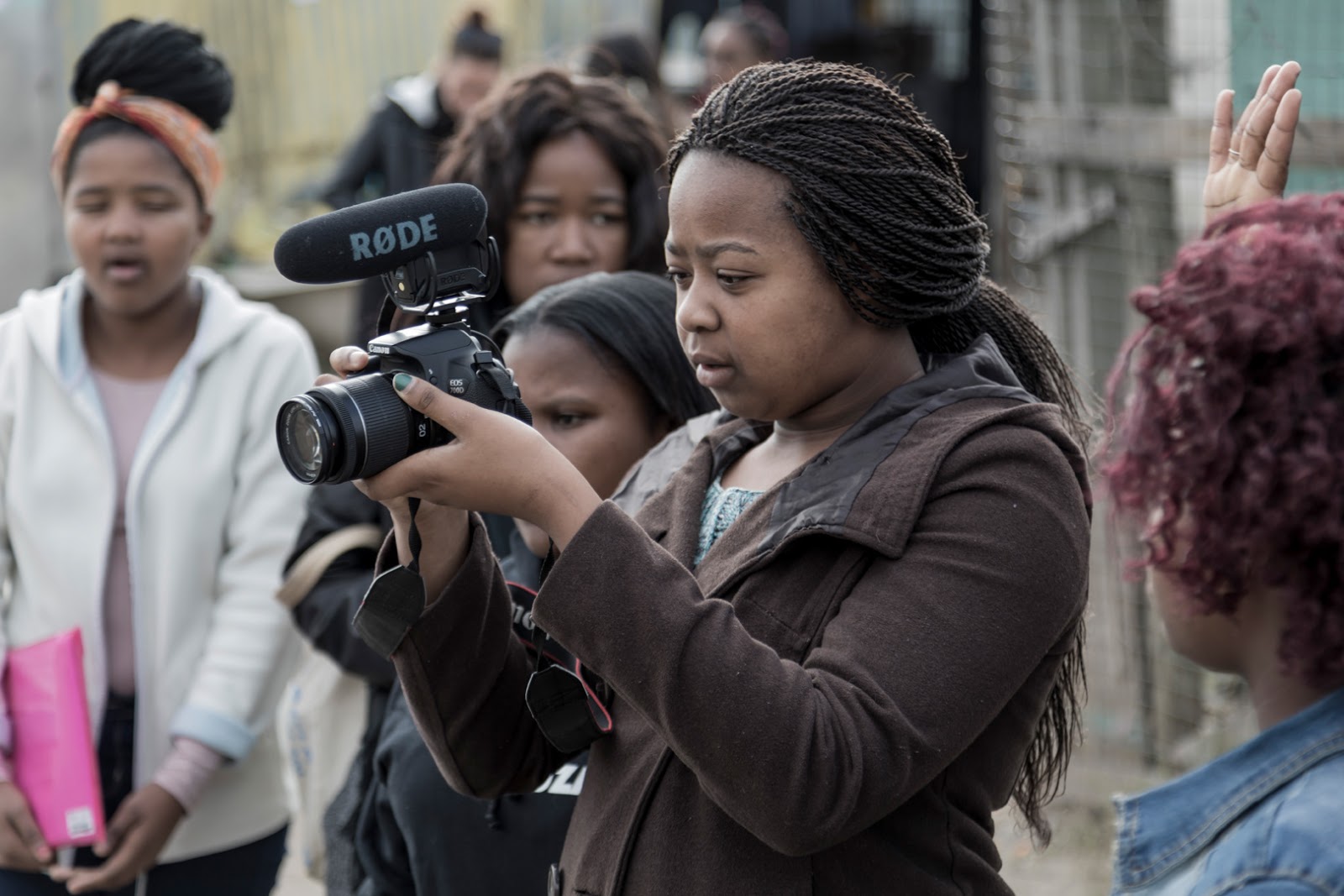Community and public engagement (CPE) should, by definition, seek to include as many groups with diverse experiences and realities as possible. However there is currently a lack of representation of certain groups in CPE communities and activities. Which groups are excluded will differ in certain contexts; in the UK, this includes people from ethnic minority backgrounds, people on low incomes or disabled people. A group session at the 2018 Wellcome International Engagement Workshop explored this issue; symbolically, many of these excluded groups were not represented at the workshop, exemplifying how they are often left out of conversations about their inclusion.
One of the speakers leading this session was Ed Young. Ed is the artist in the Eh!woza project(read our Mesh summary here). Eh!woza is a programme that seeks to engage with communities in South Africa that are significantly affected by tuberculosis (TB). It brings together scientists researching TB, Ed, and young people from Khayelitsha in Cape Town. This partially informal township has a high TB burden. Eh!woza aims to encapsulate the complexity of TB’s impact on the area and people’s lives.
The Eh!woza model begins with scientific workshops, where young people from low-income South African homes participate in a series of workshops led by established biomedical researchers in various fields including TB, HIV, vaccines, and immunology. The young people are introduced to these topics and able to learn and ask questions. After the workshops they are trained in videography, given high-quality video equipment, and tasked with producing films around topics of their choice using TB as a foundation for their research and development.

Image: Eh!woza participants in scientific workshops | Ed Young
Despite using TB as a base, the films produced by the participants are not always directly linked with the disease. They often develop into stories about circumstances associated with TB and the societal hardships that often accompany it: gender-based violence, poverty, substance abuse and more. For example, one film worked with ex-miners to investigate their struggles to access the retirement and disease-related funds they are entitled to.
Another film focused on the life of Pamela Mala, a resident of the Khayelitsha township. Pam is an unemployed single mother living with HIV who has suffered multiple episodes of TB. The video demonstrates the complex ways in which disease interacts with poverty and other social issues, and the psychological trauma that can ensue.
Please note: some may find issues discussed in the video, such as sexual and gender-based violence, difficult to watch.
A wide variety of community members were engaged in the project long-term. For example, the young people producing the films relied on musicians from their neighbourhoods for the soundtracks in the films. These musicians were then invited to take part in a concurrent project run by international NGO Médecins Sans Frontières (MSF) and young survivors of TB. This has led to new projects, such as this video produced by a musician recruited through the scheme exploring the difficulties of a single-parent household in Khayelitsha:
Ed and his colleagues made the project inclusive and participatory by involving participants in the planning and organisation of the scheme, allowing them to affect changes and adaptations throughout the process so that it fit their needs and desires. Ed stressed that they wouldn’t necessarily use the words ‘participatory’ and ‘inclusive’ to describe their work with Eh!woza; he is all too aware that participatory methods do not necessarily translate into inclusivity. Participatory methods can sometimes be used to raise the profile of a project while actually allowing little opportunity for genuine inclusion and diversity of production. Ed and the workshop participants agreed that if participatory methodology becomes too prescriptive, with a predetermined outcome, then this can prevent inclusivity altogether by being too inflexible.

---
The content on this page forms part of the online report for the 2018 International Engagement Workshop “Taking it to the Next Level: How can we generate leadership and develop practice in engagement?". To learn more about the workshop, access the rest of the report and browse the video presentations, discussion summaries, and tools, visit the workshop page.

This work is licensed under a Creative Commons Attribution 4.0 International License.

Please Sign in (or Register) to view further.